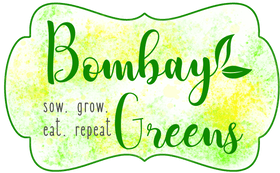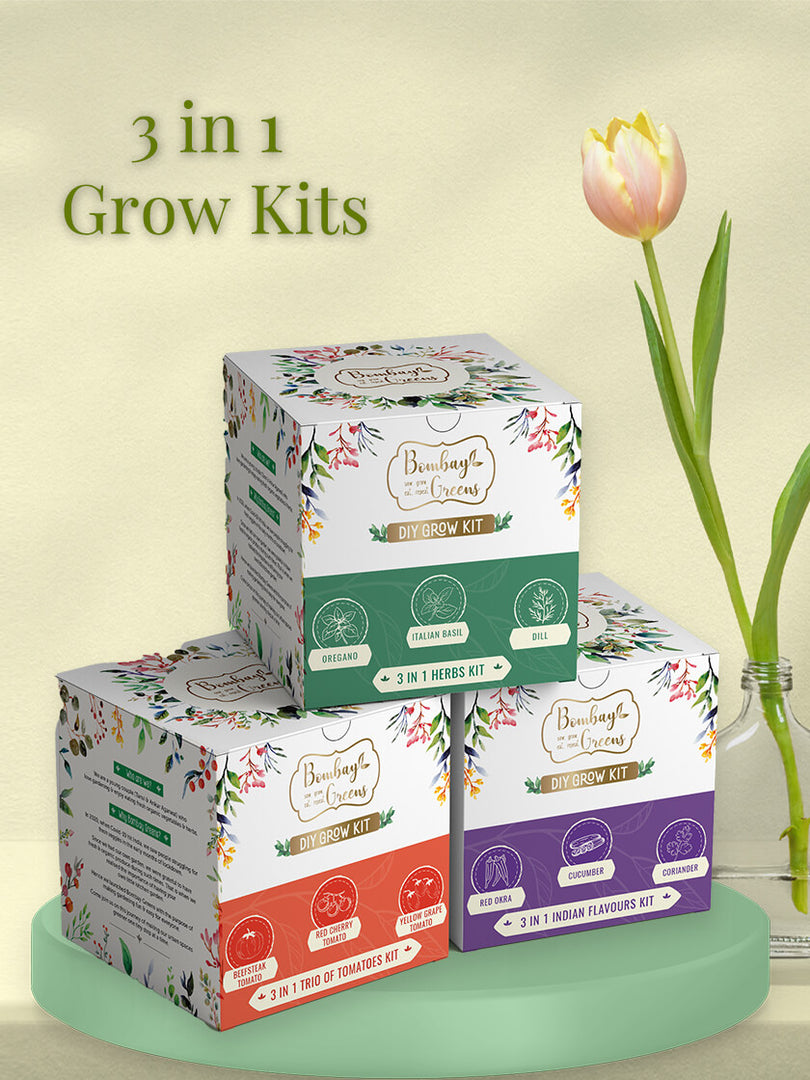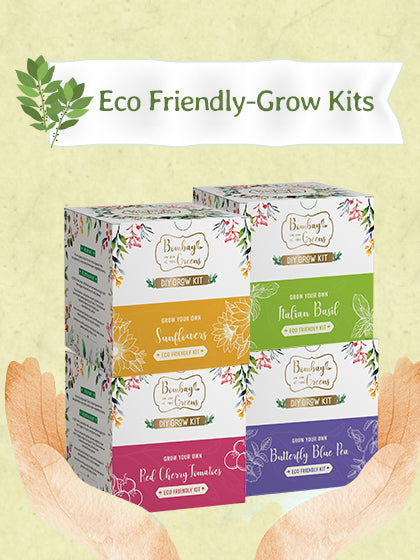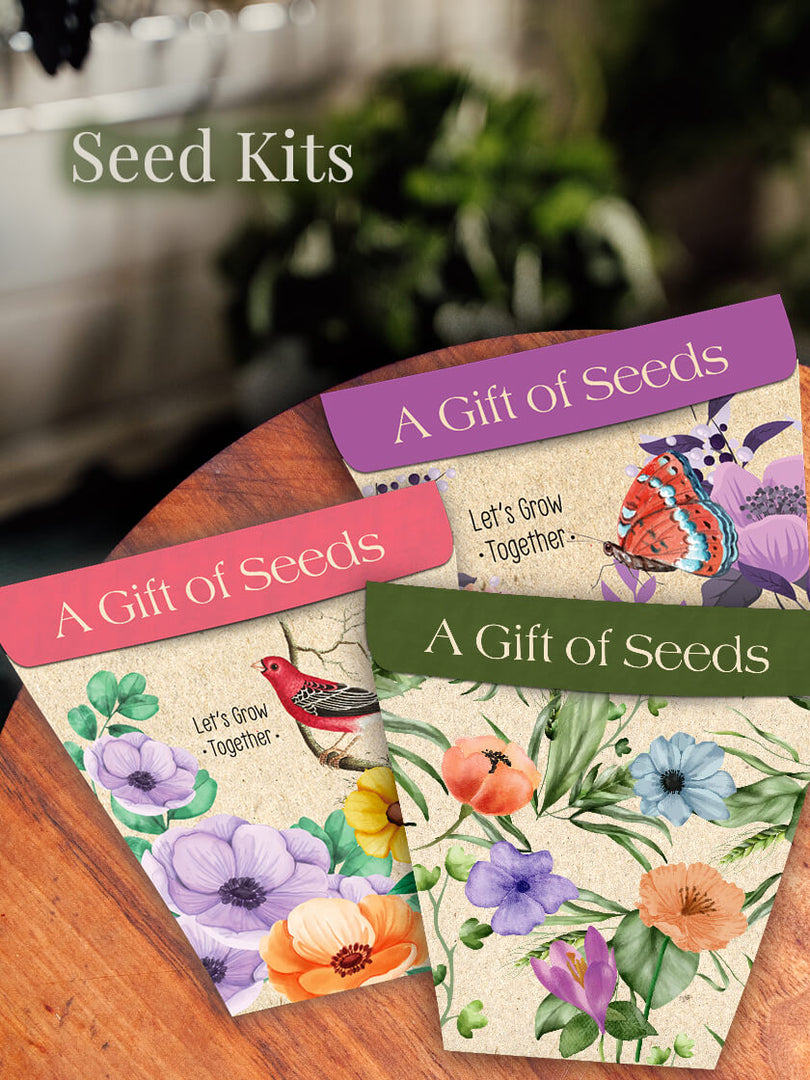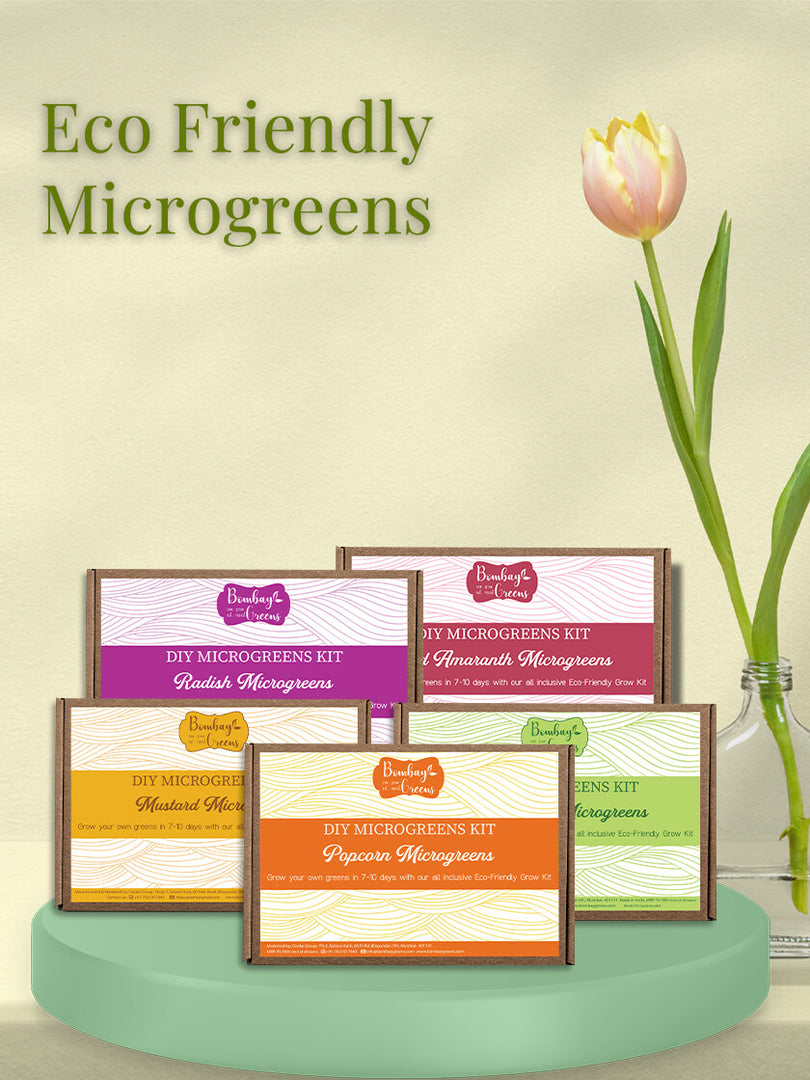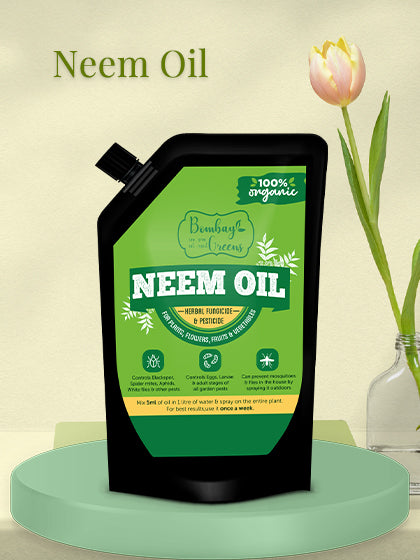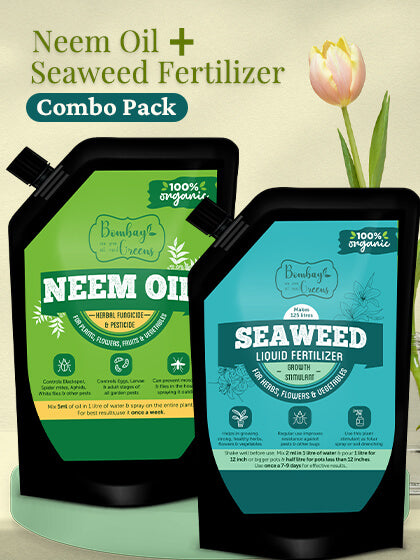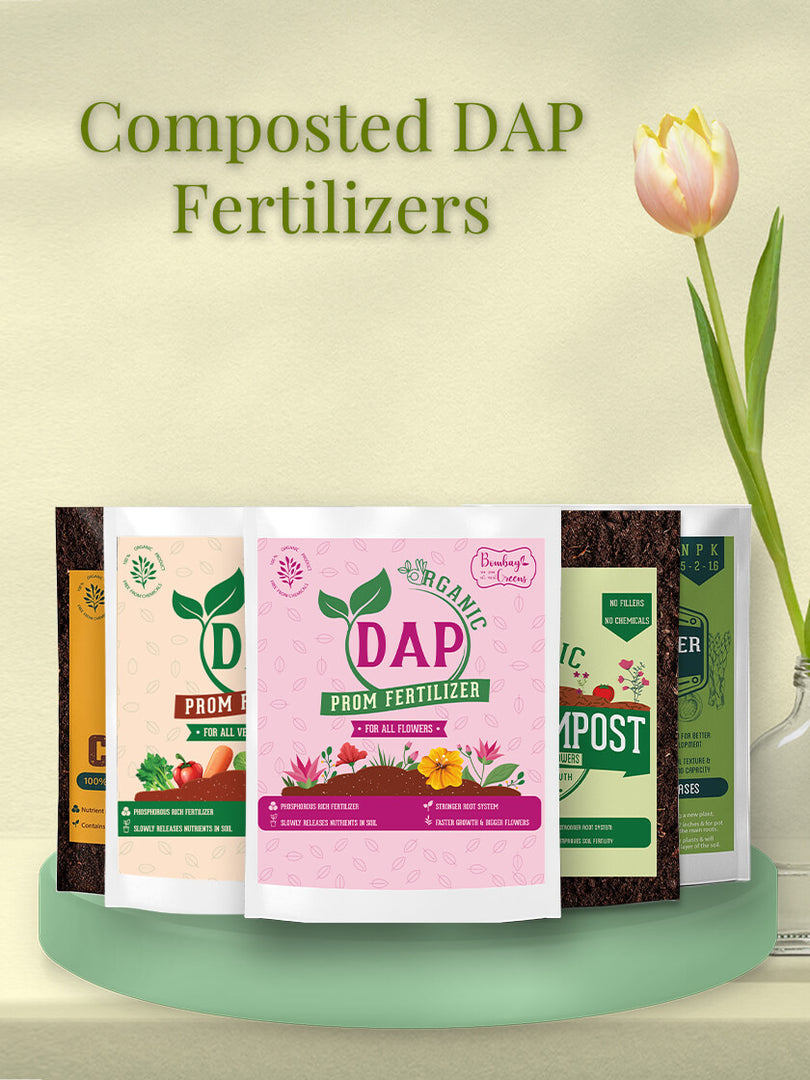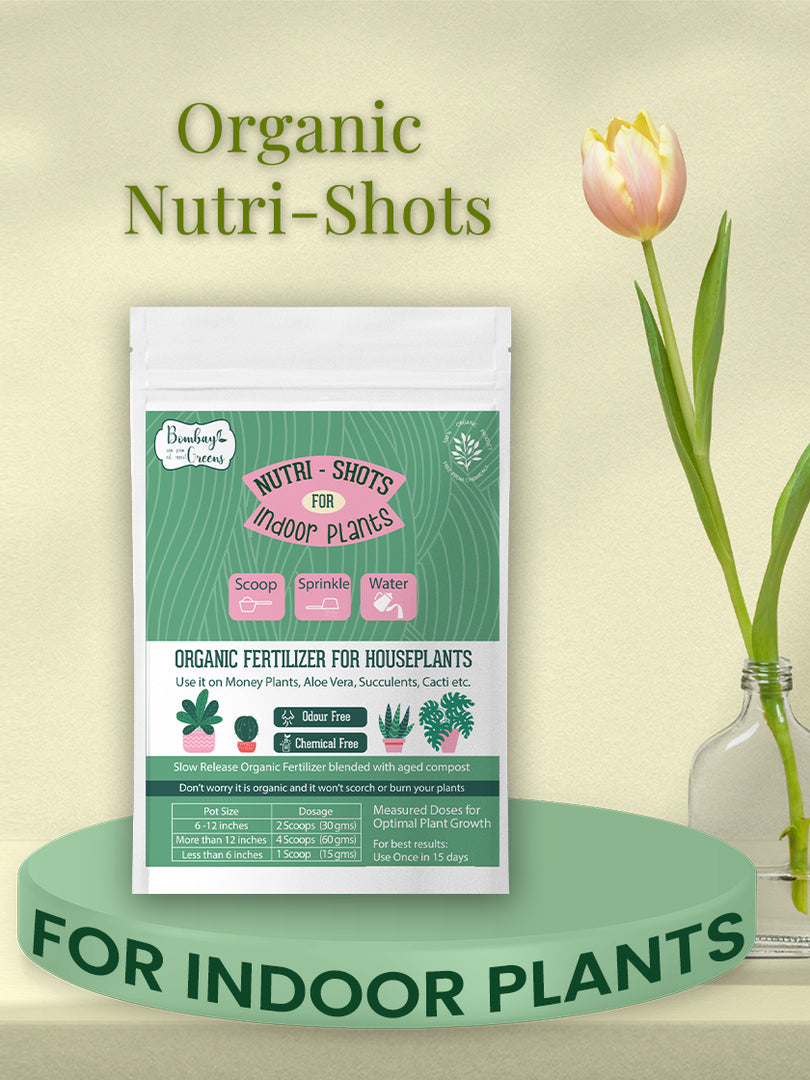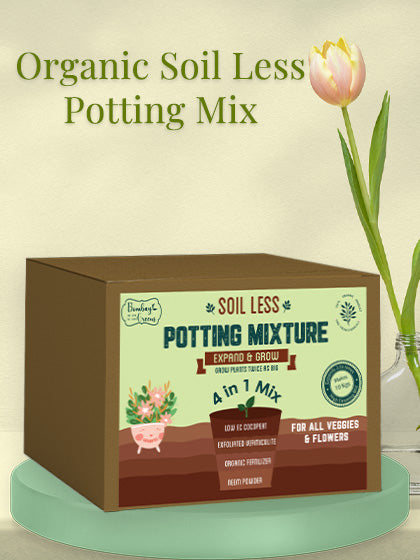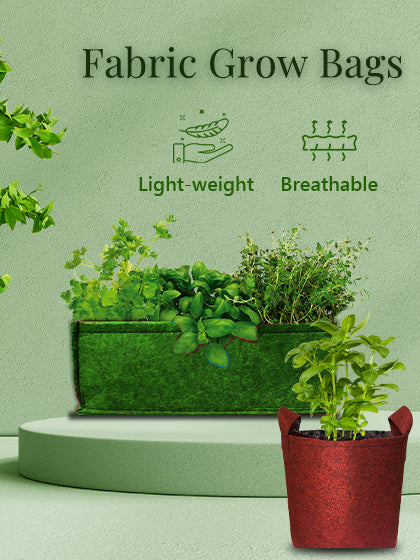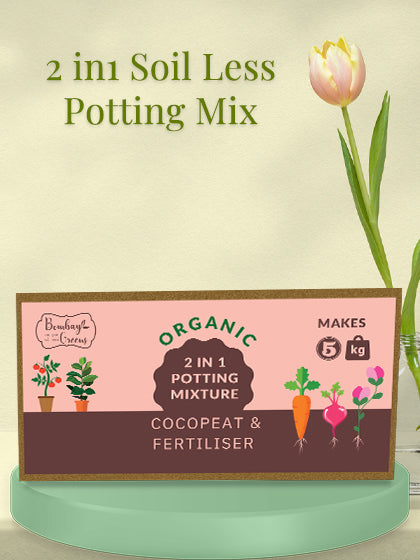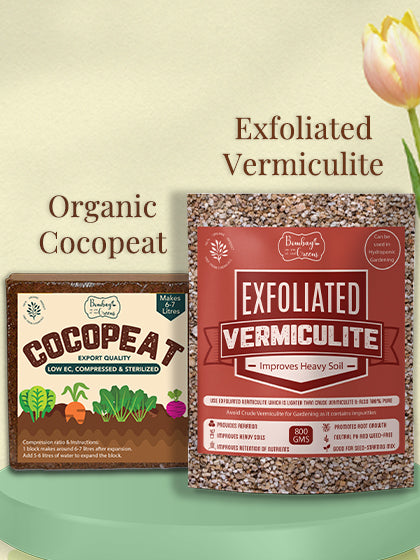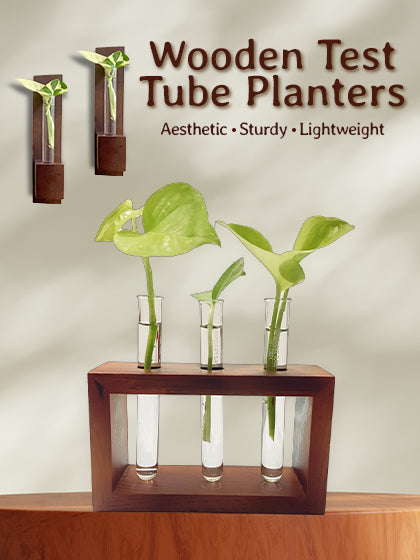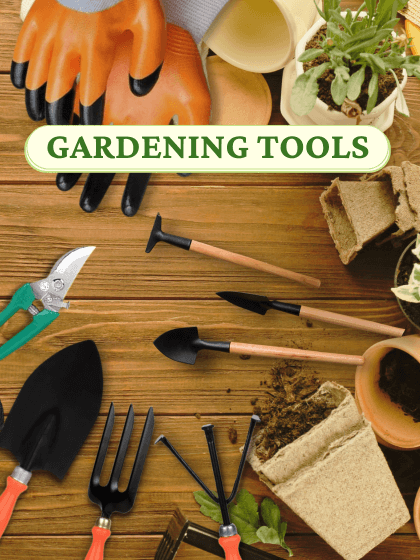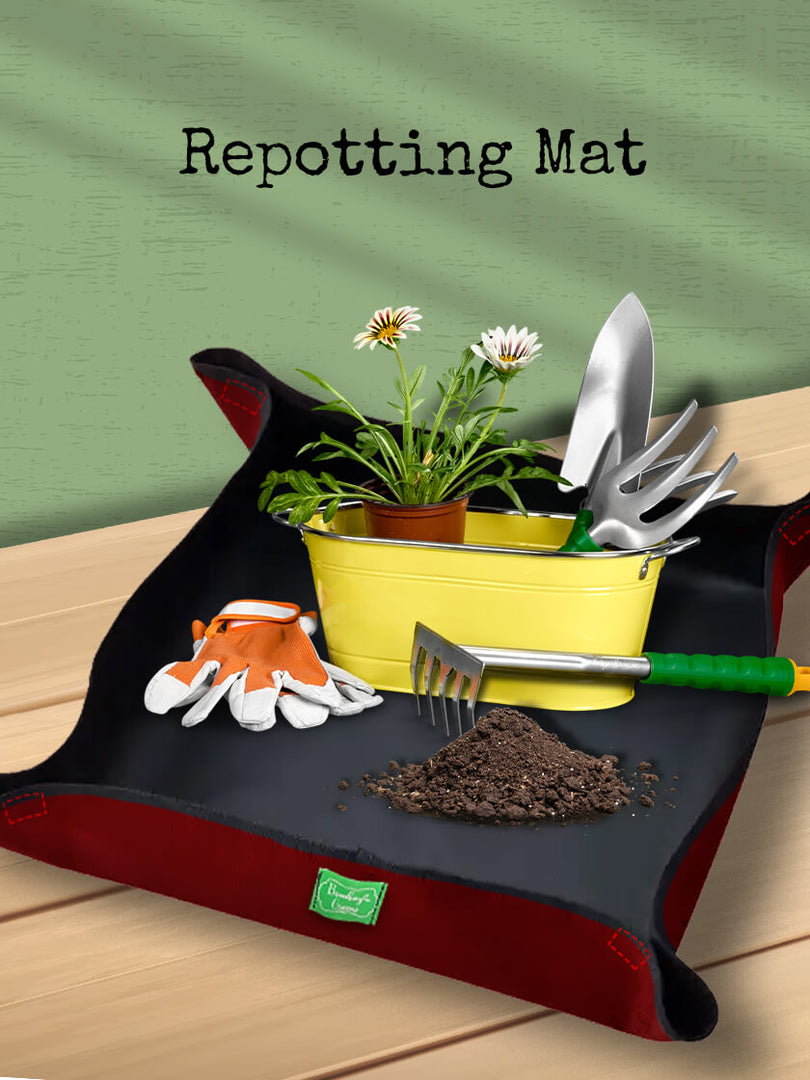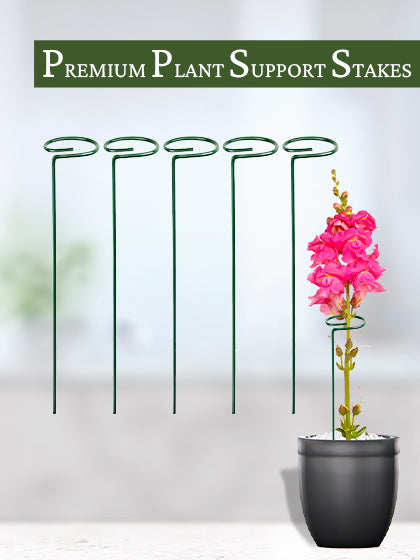Everybody loves a touch of green in their homes, be it a home garden on a balcony, indoor succulents, or a patch of land with plants growing on them. The lush greenery of plants gives you a positive vibe and makes us feel connected to nature. Many people keep plants in the backyard or home as a hobby or for decoration purposes. The thought to start your garden can be both exciting and daunting. It all starts with a sad patch of grass and as you keep growing, it transforms into a beautiful garden with flowers, veggies, herbs raised beds, and garden arts. Gardening can be called the process of growing plants for several purposes. Gardening can be considered an art and science. Gardening is something that provides you with chemical-free vegetables, fresh air, beautiful fragrance, and a great sense of achievement.
A Garden beautifies your home and is an excellent way to spend your time after work. If you’re new to gardening, start building your garden with these basic steps to follow:
1. Pick the right spot: The right location is the key to successful gardening, as almost every plant thrives best in bright light. Arrange the plants according to their sunlight needs and ensure that the spot receives at least 5 to 6 hours of sunlight. Avoid a space that receives strong winds as it could knock over young buddings.
2. Pick Your Plants
It's important to do research before beginning a vegetable garden and choose home garden plants that will do well in the temperature and available space, while also considering soil conditions and sunshine. To get started with gardening, use beginner-friendly varieties such as bush beans, leaf lettuce, and cherry tomatoes.
3. Plant With Care
Transplanting seedlings requires careful handling and following of gardening tips to prevent root damage and to provide the right support for the stems. Proper planting depth and spacing are crucial for promoting healthy growth and avoiding overpopulation, which may result in resource competition.
4. Remove the weeds:

The very first step to creating a garden is to free the space from rocks, debris, and weeds. Removing weeds is necessary as they compete with the plants for nutrients and suppress their growth or sometimes can damage them. For removing weeds, you need tools like a spade, trowel, and garden fork.
5. Work on Soil: Before planting, examine the quality of the soil first. If your soil is hard and the texture is clay-like it will be difficult for plants to grow roots. You can improve the soil quality by supplementing it with well-rotted or organic compost.
6. Decide the watering schedule: A gardening hose or watering can be used for watering purposes. If the tap water is hard let it stand overnight before watering. The best way to water your plants is slowly allowing the water to reach the deep soil. The watering needs of every plant are different young plants need to be watered daily to promote root development whereas mature plants can be watered once for 2 to 3 days.
7. Go for organic fertilizers:

Prefer organic fertilizers over chemicals to enrich plants with nutrients. You can use cow dung and compost for this purpose. Adding these fertilizers to the soil will retain moisture, stimulate good bacterial growth, and fight pests and diseases. It will also help to reduce carbon footprints.
8. Mulch: Mulch helps to feed the soil with nutrients and gives protection against erosion. Mulch is any material that is spread or laid over the surface of the soil as a covering to retain moisture. You can grow grass clippings, shredded leaves, or even pine straw for this purpose.
9. Companion Planting: It allows us to use small spaces creatively. Vegetables like carrot, celery, onions, lettuce, marigold, parsley, and spinach are planted in pairs in companion plants.
10. Prune Regularly: Prune or deadheading encourage healthy growth in plants. The flowering shrub must be pruned during springs before It set new buds, whereas vegetable plants can be pruned in late winter or early spring for healthy crop growth.
11. Container Gardening: The easiest and simplest way of gardening is growing plants in containers. You can anything ranging from vegetables, herbs, flowers, or shrubs.
12. Keeps Pests at bay: Many plants are susceptible to pest infestations, so if you spot any signs then the application of neem oil solution will do the trick.
Vegetable Gardening For Beginners
Are you starting a vegetable garden this year? To get you going, consider this beginner's guide and home gardening tips:
- Pick a sunny area with good soil quality and access to water.
- Start with vegetables that are simple to cultivate, such as green beans, lettuce, tomatoes, and radishes.
- To prepare the soil, loosen it, add compost for fertility, and make sure it drains well.
- For optimum airflow and insect control of your home gardening plants and vegetables, adhere to the depth and spacing guidelines.

Basic Gardening tools for beginners:
There are a lot of gardening tools that come into play and are required at different stages not all require them. So here is the list of most basic tools that come in handy from the beginning stages as well:
- Gloves:

When you are getting your hands involved with potting soil there are quite a few things that should not go inside your stomach but with bare hands, there is a high chance of it happening. So, choose good gloves in the beginning only as a long- term investment. -
Pruner:
Pruning is a healthy gardening practice that boosts the growth of plants. Pruner is a sharp tool that is used to cut small branches and stems and remove unwanted plants.
-
Watering can or hose:

Don’t water your plants with the help of a normal water pipe as its flow is too much for small plants and might uproot them and can lead to water logging. Get a water sprayer or can to water your plant but do not overwater it.
- Tools for digging: You will need a couple of tools for digging and preparing your soil to start planting your greens such as a spade, a trowel, and a garden fork. The spade and trowel are used to dig the holes for your plants for providing them strong grip, whereas the garden fork is used for clearing the roots of old plants and weeds. Thus, gardening can’t be successful without gardening tools.
Plant With Care
Follow these gardening tips for beginners as mentioned below to keep proper care of your plants:
Watering
Give your plant the water it needs, but make sure it drains properly to avoid root rot.
Lighting
Take into account the amount of light that home gardening plants prefer—direct or indirect—when placing them in areas with appropriate light levels.
Soil and Potting
Repot as needed to allow for growth, and use well-draining soil mixtures suitable for each species of plant
Maintenance
To keep pests and illnesses at bay, regularly remove dead leaves, flowers, and debris.
After being an expert in growing vegetables you can along with it try growing flowers and creating an amazing garden. So there we have it, growing a garden is not as scary as it seems to be. You can enjoy blooming gardens year after year as long as you plan, choose your plants carefully, and give your soil a nutritious boost.
Faqs On Gardening Tips For Beginners
What Should I Do First In My Garden?
Firstly, remove any debris and weeds to prepare the soil. Next, choose the design and the plants you wish to cultivate, taking into factors like sunlight and spacing needs.
What Are The Gardening Tips For Maintaining A Garden?
Water and fertilise plants on a regular basis. To maintain a healthy garden environment, keep an eye out for pests and illnesses and take quick action when necessary.
What Are The Best Plants To Grow As A Beginner Gardener In India?
If you're just starting out as a gardener in India, think about growing simple plants like tomatoes, coriander, mint, basil, and chiles.
What Type Of Fertilizer Should We Use?
To ensure soil health and sustained growth, use organic fertilisers such as compost or manure. This will provide your plants with a natural and nourishing environment.

Tanvi Agarwal - Co-founder
Driven by a deep-seated love for nature and a keen entrepreneurial spirit, she co-founded Bombay Greens, transforming urban spaces into thriving green havens. Recognizing the need for accessible and sustainable gardening solutions in the bustling city, she poured her passion into building a brand that empowers individuals to cultivate their own green spaces, regardless of their location or experience. Her vision extends beyond simply selling gardening items; it's about fostering a community connected to nature, one balcony, rooftop, and windowsill at a time.
Back to top
